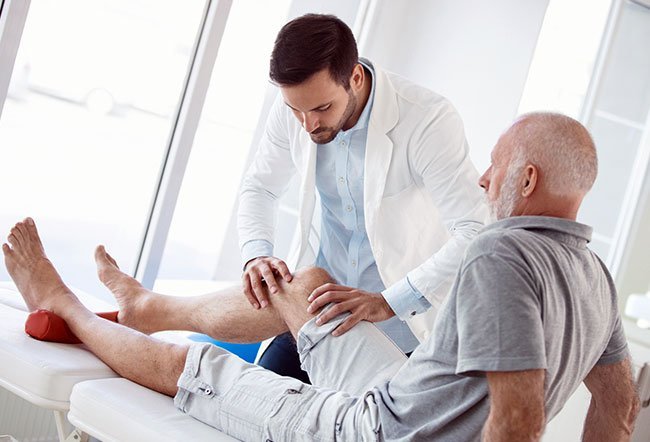Can an MCL Tear Heal on Its Own?

The medial collateral ligament or MCL tear may heal on its own with the right care, rehabilitation, and rest. Healing depends on the severity of the injury.
As the MCL has a good blood supply, most MCL tear usually responds to simple home treatments, such as:
- Resting the knee
- Wearing a brace
- Taking over the counter painkillers
However, the physician may indicate surgery (in rare cases) if the injury is severe.
What is an MCL?
The medial collateral ligament or MCL is a thick band of tissue located in the legs that extend from inside the knees i.e., from the thighbone (femur) to a point on the shinbone (tibia), which is about 4-6 inch from the knee. The main functions of an MCL include:
- Prevents the leg from extending too far inward
- Helps to keep the knee stable
- Allows the knee to rotate
What is an MCL tear?
The medial collateral ligament (MCL) tear usually occurs when a strong force hits from outside the knee, causing the MCL and other ligaments to stretch or tear. It is frequently encountered by:
- Football players
- Sports player engaged in basketball, hockey, and skiing
- People undergoing repetitive minor injuries
It is most common in athletes, who play contact sports, because there are high chances of them colliding with each other while playing. However, MCL tear may also occur in non-athletes. Repeated stress to the ligaments can cause the ligament to lose its stretch and elasticity.
Depending on the severity of pain and looseness of the knee joint, MCL tear can be classified as:
- Grade 1: Some tenderness and minor pain at the injury site
- Grade 2: It is characterized by:
- Noticeable looseness in the knee when moved by hand
- Moderate pain and tenderness at the inside of the knee
- Some people may experience swelling too
- Grade 3: It is characterized by:
- Considerable pain and tenderness at the inside of the knee
- Some swelling and marked joint instability
- The knee opens about 1 cm (slightly less than half an inch) when the doctor moves the leg around
- A grade 3 MCL tear often occurs in conjunction with an anterior cruciate ligament tear
What are some of the ways to prevent MCL tears?
Most of the medial collateral ligament (MCL) tear occurs during contact sports. They may also occur after:
- An accident
- Twisting or turning the knee unnaturally
- Activity, such as skiing, that places strain on the knees
It is impossible to avoid these situations, but you can follow some of these preventive measures to limit an MCL tear:
- Warming up before an exercise
- Performing strengthening exercises for your muscle and ligaments to make them strong and flexible
- Wearing well-fitting shoes or appropriate protection equipment
- Avoid running on uneven surfaces
- Do not exercise with an existing injury
- Take proper rest after an MCL tear
- Practice balance and agility exercises and drills
